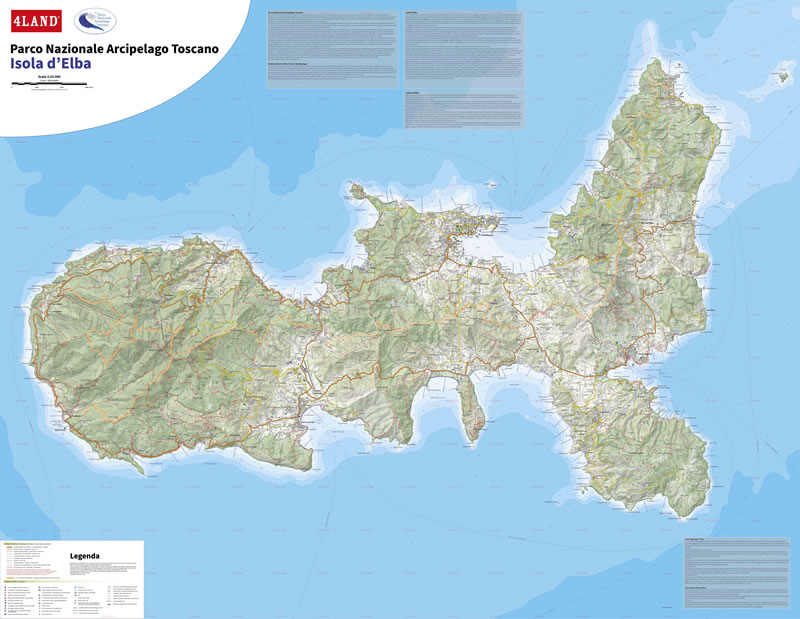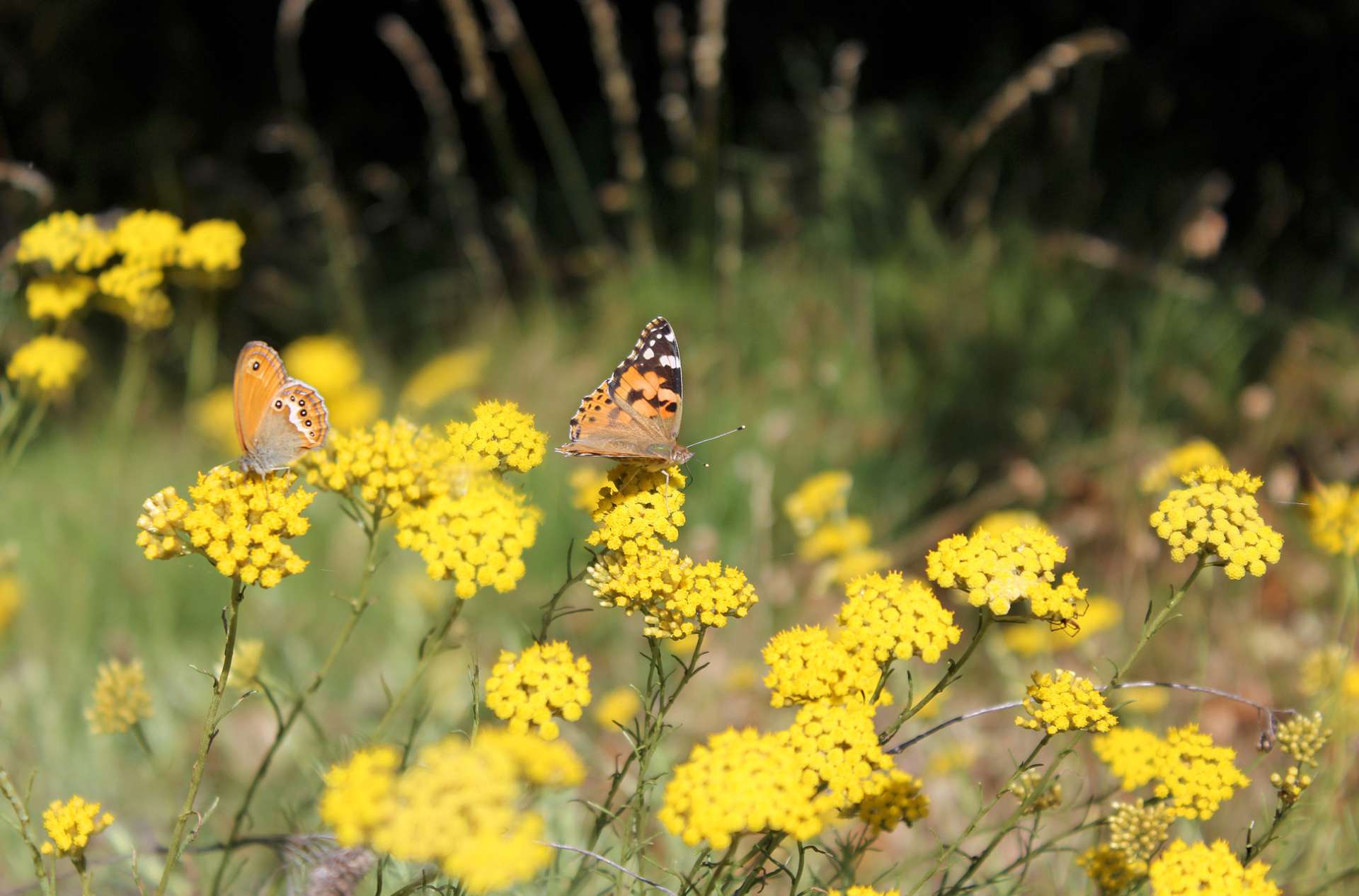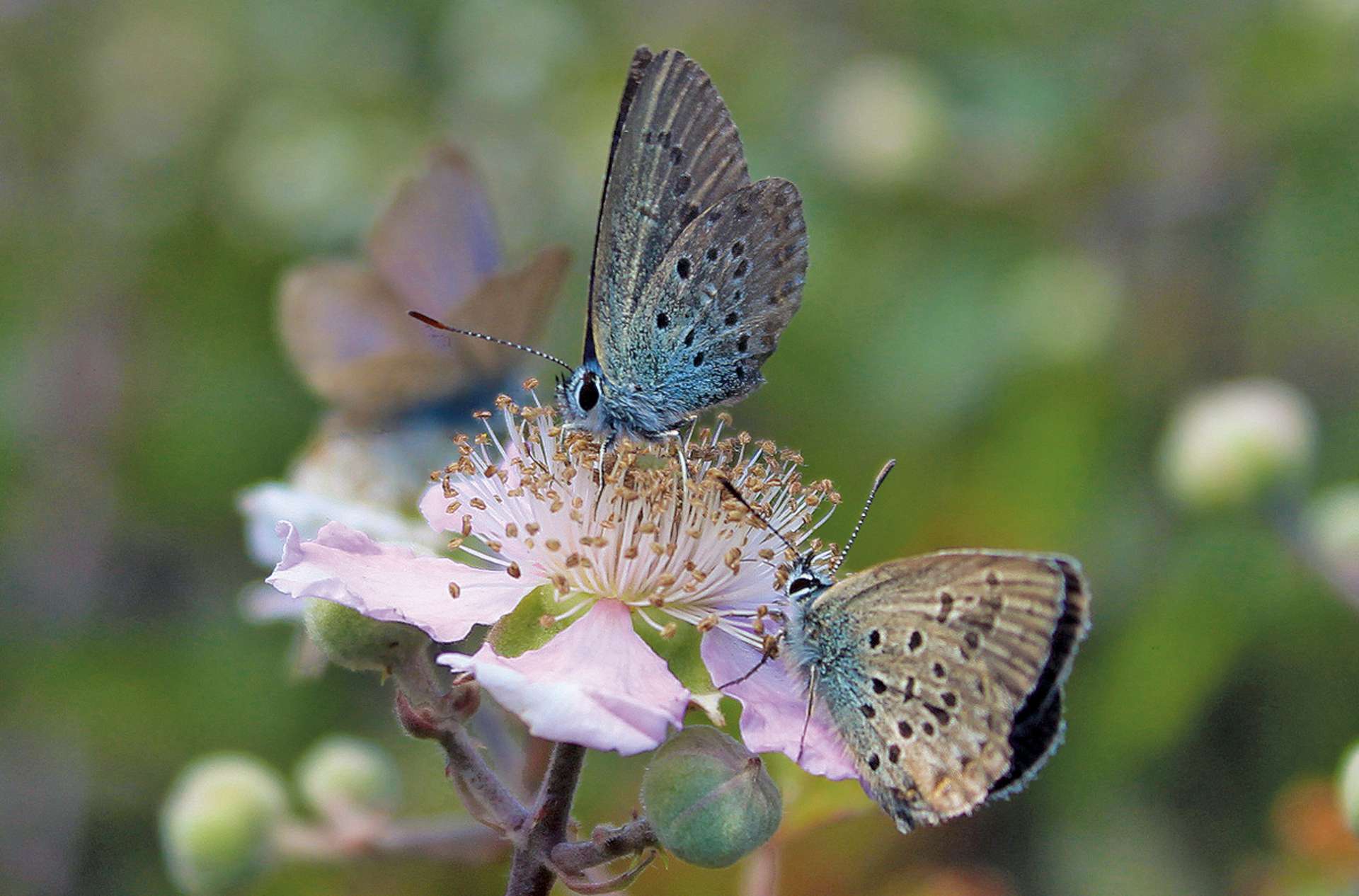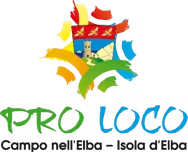Trails and Walks of Campo nell’Elba


Between coastal views, ancient mule tracks and wild nature
Elba Island, one of the gems of the Tuscan Archipelago National Park, is renowned for its network of trails that guide visitors through the island’s characteristic landscapes, where land and sea blend in perfect harmony.
If you’d like to explore Elba’s trails, you can use the free Avenza Maps app, available on the Apple Store and Google Play Store, or visit our office to pick up specific maps and brochures.
For more information, we suggest visiting:
Some trails in the Municipality of Campo nell’Elba
The Butterfly Sanctuary
From the picnic area of Monte Perone, along the road between Sant’Ilario and San Piero in Campo, a unique trail of about two kilometers winds through the landscape: the Butterfly Sanctuary, dedicated to Ornella Casnati, a passionate naturalist and author of numerous entomological discoveries, who passed away prematurely.
The Sanctuary, inaugurated in spring 2009 thanks to a joint project by Enel and Legambiente in close collaboration with the Tuscan Archipelago National Park, hosts around 50 butterfly species, some of which are rare and very different from those found in nearby areas. Along the trail, three main habitats are particularly favored by butterflies: pine forests, Mediterranean scrub, and ridge meadows interspersed with garrigue vegetation.
Across the Sanctuary’s 6 km², you can observe species of exceptional biological importance, such as the Polissena (Zerynthia cassandra), rediscovered after more than seventy years of absence; the showy Cleopatra (Gonepteryx cleopatra), with its vibrant colors; the Oak Hairstreak (Neozephyrus quercus) with its dark blue wings; the endemic Lycaeides villai and Coenonympha corinna elbana—the latter recognizable by six distinctive eye spots on its hind wings; as well as the colorful and elegant Two-tailed Pasha (Charaxes jasius), Scarce Swallowtail (Iphiclides podalirius) and Old World Swallowtail (Papilio machaon).
Along the path, numerous information panels illustrate almost all the butterfly species that can be spotted here, together with the key environmental and biogeographical features that make this area so important for these delicate creatures.


